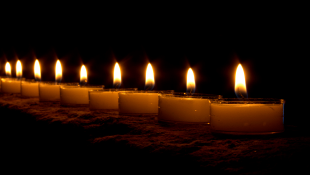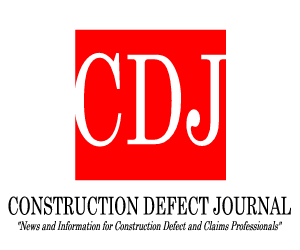
In some cases, the product sustains so much damage that it is impossible for a plaintiff to obtain direct evidence of a defect.
To establish a product liability claim in Arkansas, the plaintiff must prove that the product was supplied in a defective condition, which rendered it unreasonably dangerous and that the defective condition was the proximate cause of the claimed damage or injury. Ordinarily, a plaintiff relies upon direct evidence of a product defect to establish its product liability claim. However, in some cases, the product sustains so much damage that it is impossible for a plaintiff to obtain direct evidence of a defect.
The malfunction theory allows a plaintiff in a product liability action to establish a defect through circumstantial evidence, when direct evidence of a defect no longer exists. In order to utilize the malfunction theory, a plaintiff must present evidence that an unspecified product defect was the most likely cause of the damage/accident and rule out all other possible causes of the damage/accident. In Am. Nat’l Prop. & Cas. Co. v. Broan-Nutone, No. 5:18-CV-5250, 2020 U.S. Dist. LEXIS 117116, the United States District Court for the Western District of Arkansas ruled that the plaintiff offered sufficient evidence under “the malfunction theory” to defeat a summary judgment motion in a product liability action involving a bathroom fan that was destroyed in a fire.
Mr. Ciamaichelo may be contacted at ciamaichelom@whiteandwilliams.com




